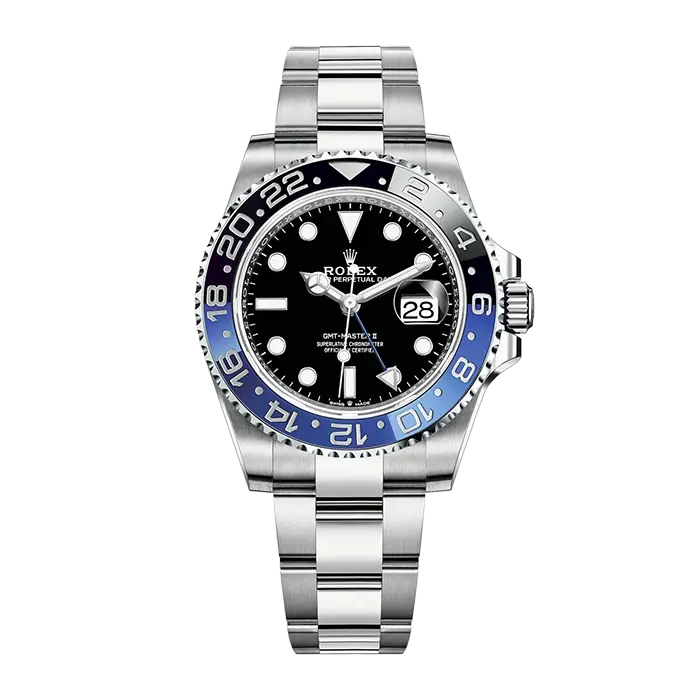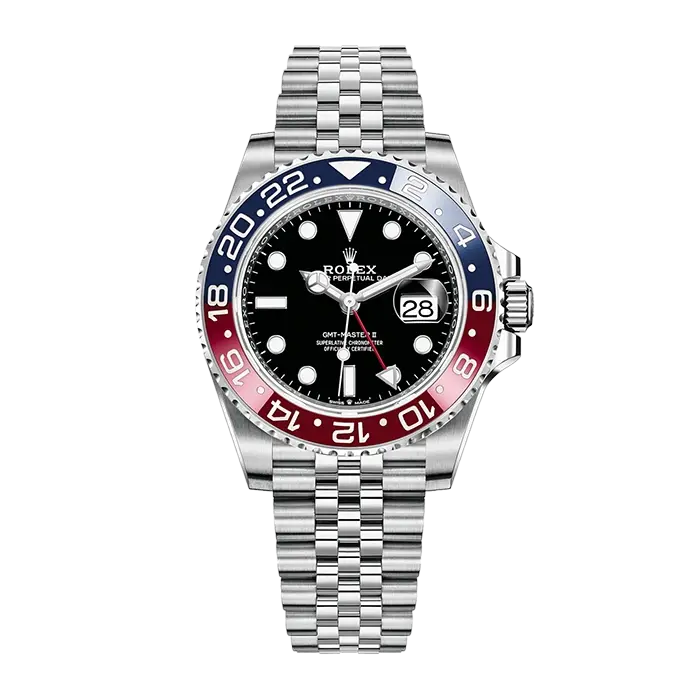
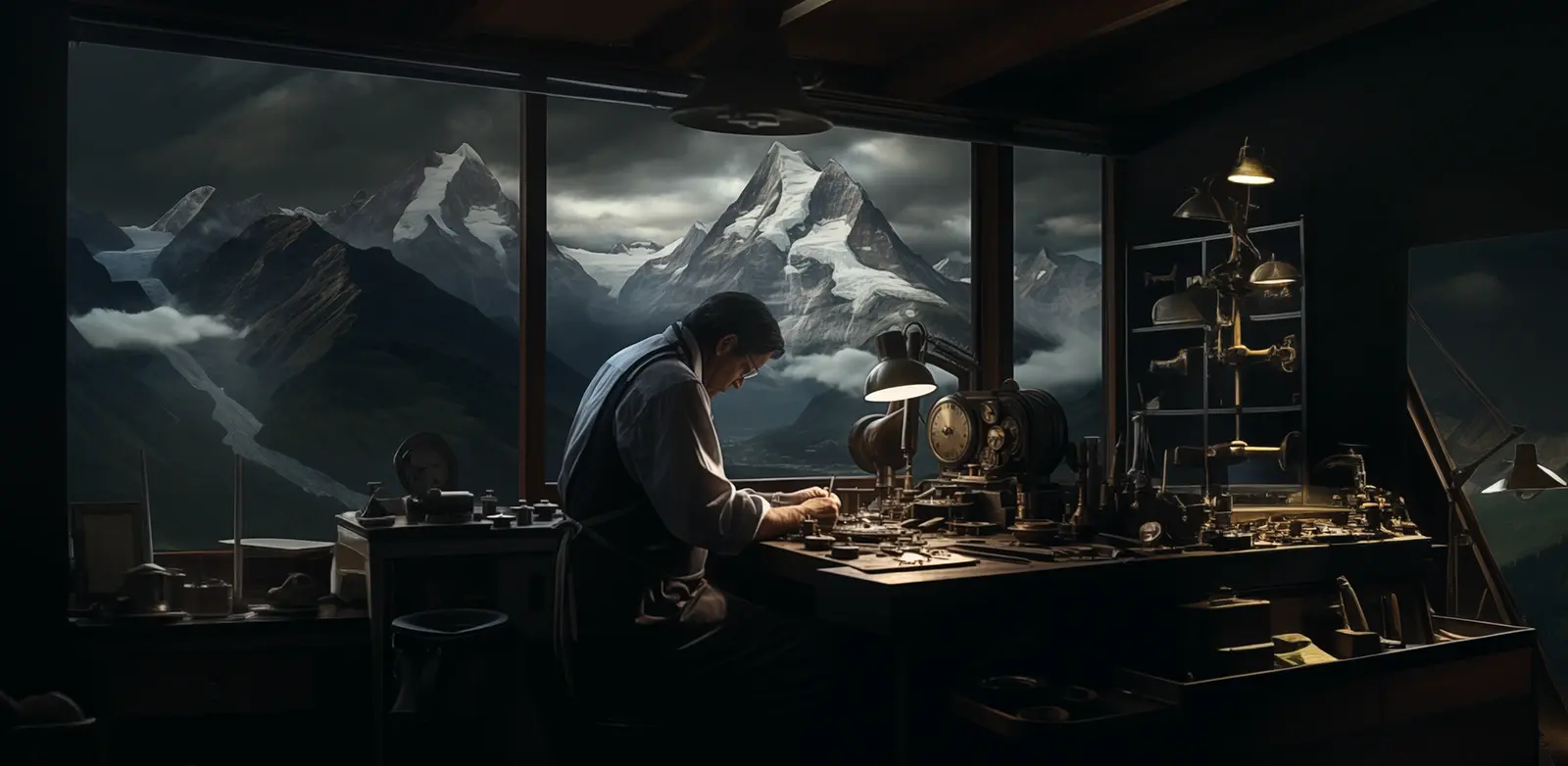
The finest experience of horology; built for past and future decades.
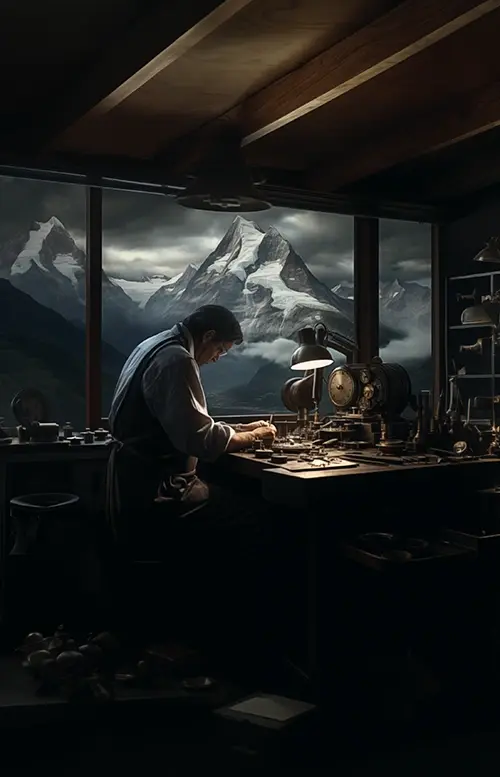
The finest experience of horology; built for past and future decades.

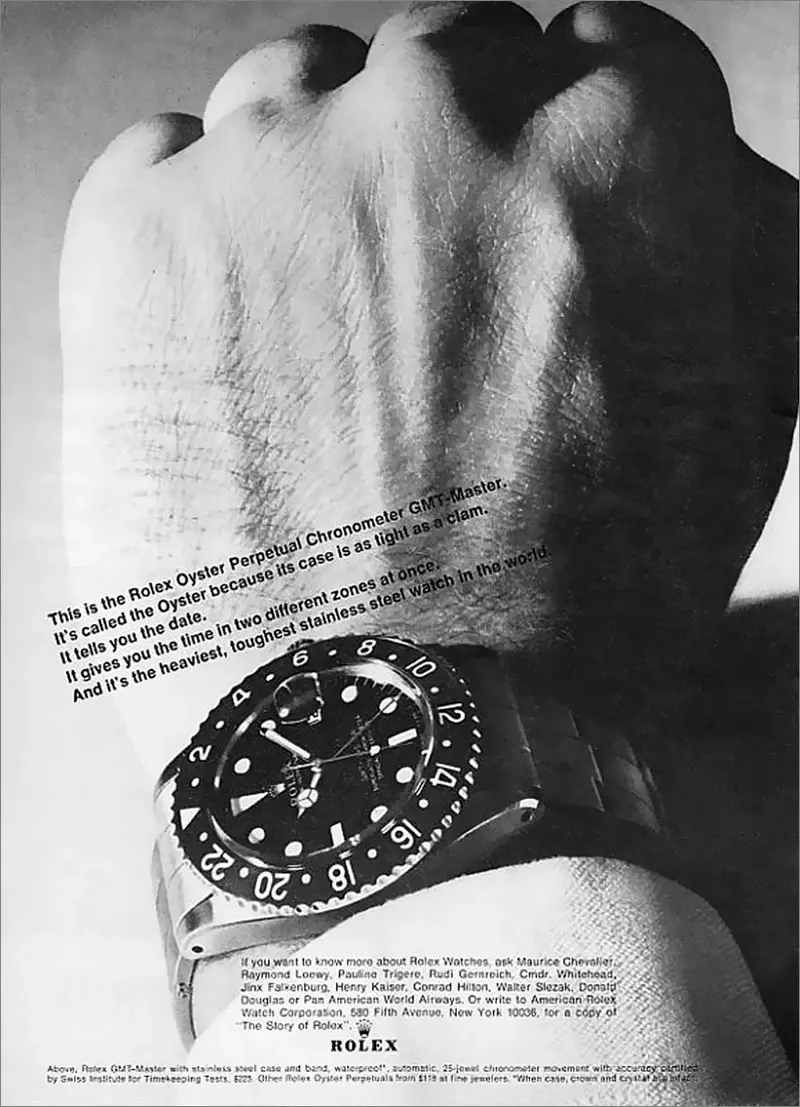
"Timelessly crafted, each piece intertwines the essence of classic elegance with modern innovation, creating a symphony of style that transcends moments and memories."



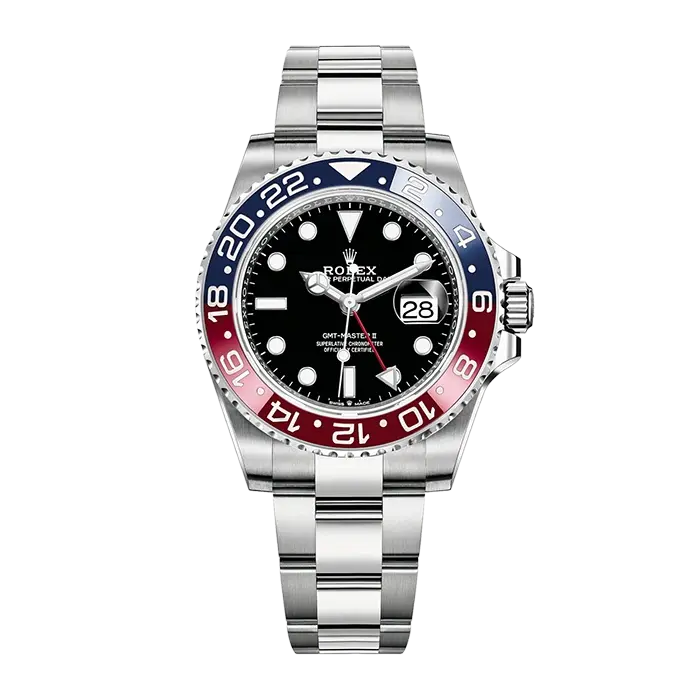
- First GMT-MasterLaunched in 1955, the Oyster Perpetual GMT-Master is a true “tool watch”. It evolved continually to offer increasing technical performance. On the original 1955 model, the 24-hour graduated bezel insert was divided into two halves – one red, to correspond with daylight hours, and one blue, for night-time. Over the years, the insert has been made available in different colour combinations as well as in single colour versions. Initially made from Plexiglas, it was replaced by anodized aluminium in 1959 and high-technology ceramic in 2005.
- Independent hour handOn the original GMT-Master, the conventional hour hand, the minute hand and the 24-hour hand were synchronized. In 1982, Rolex introduced a new movement that allowed the hour hand to be set independently of the other hands. To clearly mark this evolution, and to avoid any confusion with the GMT-Master, the model fitted with the optimized movement was named the GMT-Master II. From then on, using and setting the watch became easier and more intuitive.
- Ceramic bezel insertIn 2005, Rolex replaced the bezel insert in aluminium with ceramic. As a pioneer in the design and creation of ceramic components, the brand developed its monobloc bezels and monobloc ceramic inserts in-house. Since then – for optimal legibility – the numerals and graduations have been moulded into the ceramic and then coated with a thin layer of gold or platinum via PVD (Physical Vapour Deposition).
- Two-colour insertIn 2013, Rolex broke new ground when it introduced its first single-piece, two-colour ceramic bezel insert – blue on one half and black on the other – on an Oystersteel version of the GMT-Master II. A year later, it unveiled the two-colour bezel insert in red and blue ceramic, on a GMT-Master II in 18 ct white gold.
- A technological featIn 2014, Rolex unveiled a red and blue Cerachrom bezel insert – the GMT-Master’s original colour. The company carried out pioneering research to develop a red ceramic corresponding to its aesthetic and quality criteria, and came up with a different approach regarding the initial ceramic mixture. Rolex found a way to locally modify the chemical composition of each grain, right to the core of the ceramic, and change the colour of half the insert from red to blue, while ensuring a sharp delineation between the two colours.


